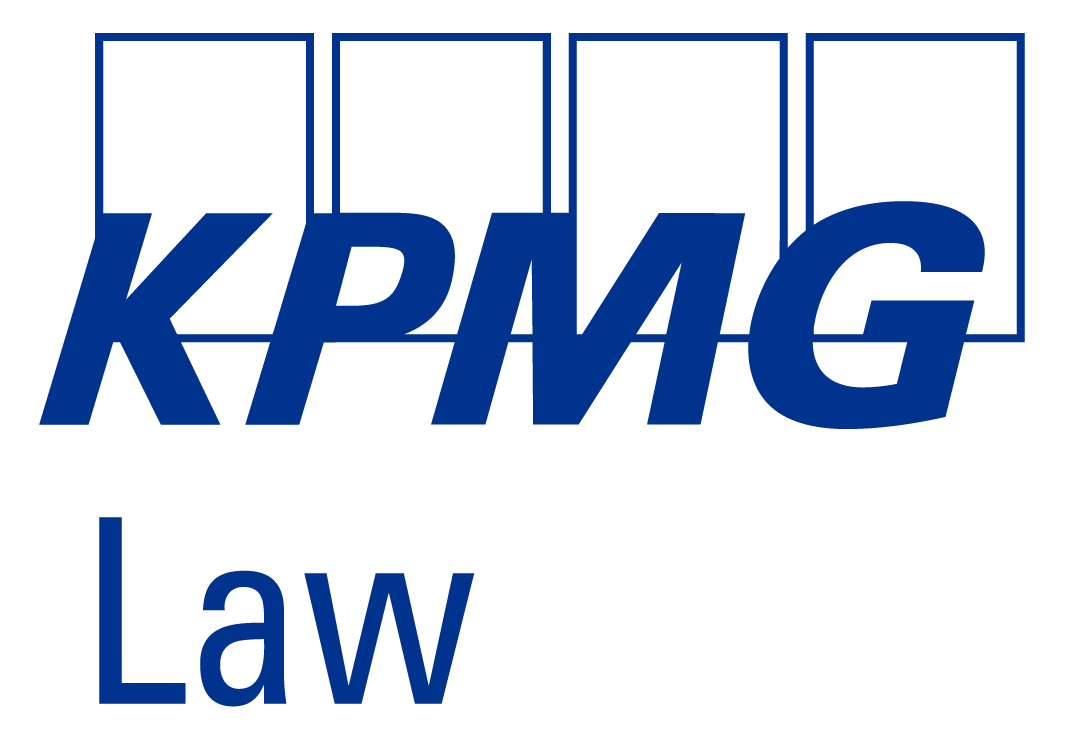

A new information obligation upon transfer, the asbestos (inventory) certificate

Anyone who has recently signed a private or authentic deed transferring an immovable good has probably already noticed that the information obligations included in these deeds have been considerably expanded in recent decades; just think of the soil certificate, the energy performance certificate or, more recently, the statement as to whether the renovation obligation applies to non-residential buildings (read more here). As part of the Flemish Government's asbestos removal action plan, which aims to make the Flemish Region asbestos-safe by 2040, the asbestos (inventory) certificate has been added to this list of obligations. Some 2.3 million tons of applications containing asbestos are thought to still be present in the Flemish Region, according to OVAM.[1] Making an inventory of these applications is a first step in phasing them out. The asbestos certificate will first be required when an immovable good is transferred and later for every owner, even if there is no transfer.
1. The asbestos (inventory) certificate
1.1 What is it?
An asbestos (inventory) certificate is the result of an inventory of possible applications that may contain asbestos.[2] The inventory must be drawn up by a certified asbestos expert. It is a non-destructive survey whereby the observable asbestos-suspected materials are detected and/or sampled. No demolition works are carried out and no damage is done. The inventory also includes advice on the management and removal of the asbestos found.
The asbestos expert subsequently enters the prepared asbestos inventory into the asbestos inventory database managed by OVAM. If the asbestos inventory is entered correctly, the OVAM will issue a unique asbestos certificate for which a fee of 50 euros will be charged. The asbestos certificate will also be available in the Building Pass (“Gebouwenpas”).
1.2 Period of validity
In principle, the validity period of an asbestos certificate is 10 years. If at least one application containing asbestos with a high material risk is present, then the validity period is five years.
In addition, a new asbestos certificate must always be obtained within a period of one year after the determination of a changed condition. A changed condition exists when:
- new applications containing asbestos are found;
- as a result of works, the inspection area of the existing certificate can be considered asbestos-safe; or
- the condition of the applications containing asbestos has been visibly changed as a result of damage or an incident.
1.3 Other asbestos inventories
The asbestos certificate required for a transfer of a property described in this article is not the first mandatory inventory of asbestos applications in Belgium. For instance, every employer in Belgium is required since 1995 to have an asbestos inventory describing all applications containing asbestos in a building or work zone. An asbestos certificate can serve as a basis for the asbestos inventory required by an employer, but the latter inventory then requires additional research.[3] Furthermore, there is also already an obligation to draw up a destructive asbestos inventory before maintenance or renovation works are carried out in a building or before its demolition.
2. Scope
For deeds relating to the transfer of accessible constructions with risk construction year located in the Flemish Region signed as of 23 November 2022, the owner must have the above-mentioned asbestos certificate and provide it to the buyer. In order for the obligation to apply, the private deed must be signed as from 23 November 2022 or, if only an authentic deed is passed, this deed must be passed as from 23 November 2022.
2.1 Transfers
The obligation to dispose of an asbestos certificate applies to transfers which for the purposes of this regulation includes:
- the transfer among living persons of a property right (sale, donation, etc.); and
- the creation or transfer among living persons of a right of usufruct, a long term lease right, a building right or a right of use in rem.
Expropriation and an inheritance are explicitly excluded from the scope.
The OVAM further indicates on its website that in case of mergers and demergers, a transfer occurs when the immovable good is transferred to another legal entity. Thus, a merger by incorporation of a new legal entity will qualify as a transfer. A merger by absorption will only be considered a transfer if the immovable good is owned by the absorbed company and not if the immovable good belongs to the acquiring company. Finally, a contribution of an immovable good to a legal entity will also qualify as a transfer.[4]
There is no specific obligation to provide an asbestos certificate to the lessee under a lease agreement. However, a lessor of an accessible construction with risk construction year is required - if they dispose of a valid asbestos certificate - to provide a copy of the asbestos certificate to the lessee when entering into the lease agreement or within a period of one month after the date mentioned on the asbestos certificate if this certificate is obtained during the course of the lease agreement.
If the building is subject to the system of co-ownership, an asbestos certificate is mandatory for both the private part and the common parts. However, an asbestos certificate for the common parts in a transfer is only mandatory from 1 May 2025.
2.2 Accessible construction with risk construction year
The obligation only applies if it concerns a transfer of an Accessible Construction with Risk construction year (“Toegankelijke Constructie met Risicobouwjaar” or "TCR") located in the Flemish Region.
- Accessible Construction (“Toegankelijke Constructie”)
An accessible construction is any construction that people can enter inside. This is the case if there is at least a roof supported by structural elements and if a person can stand in it normally. The transfer of an accessible construction with a surface area of 20 m² or less does not require an asbestos certificate. If several constructions are present on a plot, the total sum of the surfaces must be less than 20 m². An asbestos certificate is therefore not required when transferring, for example, a meadow or an open-air car park without buildings or with buildings totaling a surface less than 20 m².
It should be noted here that the obligation applies regardless of the function of the building. Thus, an accessible construction with risk construction year can be a home, but office buildings, commercial buildings, government buildings, agricultural buildings, etc. are also covered by the obligation.
Finally, the obligation to have an asbestos certificate does not apply when transferring public, technically accessible construction with risk construction year such as line infrastructure.
- Risk construction year (“Risicobouwjaar”)
Not every accessible construction will be subject to the obligation to dispose of an asbestos certificate upon transfer. This is only the case for accessible constructions with risk construction year, meaning that the construction year is 2000 or older. This is when the general ban on asbestos was introduced in Belgium. The year of construction recorded in the cadastral register is the reference year for assessing whether a construction has a risk construction year.
2.3 Owner
The obligation to have an asbestos certificate when transferring a TCR rests with its owner. ‘Owner’ is defined as the full or bare owner. If the ownership is undivided, each undivided holder is jointly and severally considered to be the owner.
3. Obligations upon transfer
In case of a transfer of a TCR located in the Flemish Region, the following information must be included in the private deed or agreement recording the terms of the transfer:
- whether the content of a valid asbestos certificate was communicated in advance to the purchaser;
- the date of the asbestos certificate;
- the executive summary; and
- the unique code of the certificate.
In the authentic deed, the instrumenting officer should indicate:
- whether a valid asbestos certificate was provided to the purchaser;
- the date of the asbestos certificate;
- the executive summary; and
- the unique code of the certificate.
4. Sanctions
In the event of failure to comply with the above-mentioned information obligation, the purchaser may ask the nullity of the transfer. Following the example of the Flemish Soil Decree, the purchaser can also waive the nullity by having this waiver expressly recorded in the authentic deed and on condition that the purchaser has still received a valid asbestos certificate.
In addition, sanctions such as administrative fines may be imposed.
5. Future obligations regarding asbestos
5.1. Asbestos certificate required for every owner without transfer
By 31 December 2031, every owner of a TCR without a transfer of the property must dispose of an asbestos (inventory) certificate. For the common parts of a TCR subject to the co-ownership regime, this is by 1 January 2036 at the latest.
5.2. Removal obligation
No general removal obligation is provided (yet) for private constructions with risk construction year. However, owners of a public construction with risk construction year (this includes any construction that houses a public organization providing public services to a large number of people) are required to remove the following asbestos applications by 1 January 2034:
- all, with few exceptions, easily accessible non-attached asbestos-containing materials; and
- all roof and facade cladding, gutters, flue pipes and rainwater drains consisting of asbestos cement if they are on the outside.
By 1 January 2040, owners of such a public construction with risk construction year are also required to make such construction asbestos-safe and maintain it in an asbestos-safe condition after this date. This means achieving a condition so that no exposure risks can arise during normal use of the structure.
For completeness, we note that all owners of public as well as private structures are obliged to remove all asbestos-containing materials that have become easily accessible as a result of maintenance, repair or decommissioning works. Moreover, every owner is also obliged to safely manage the asbestos applications in their building.
6. Other regions
For the time being, the inventory obligation upon transfer only applies to real estate located in the Flemish Region. A similar obligation does not (yet) exist in the Brussels-Capital Region or the Walloon Region.
[1] https://ovam.vlaanderen.be/naar-een-asbestveilig-vlaanderen.
[2] ‘Asbestos is defined as: “the fibrous silicates actinolite, amosite, anthophyllite, chrysotile, crocidolite and tremolite” (article 3, §2, 1° Decreet van 23 december 2011 betreffende het duurzaam beheer van materiaalkringlopen en afvalstoffen).
[3] https://ovam.vlaanderen.be/veelgestelde-vragen-over-het-asbestattest.
[4] https://ovam.vlaanderen.be/veelgestelde-vragen-over-het-asbestattest.



